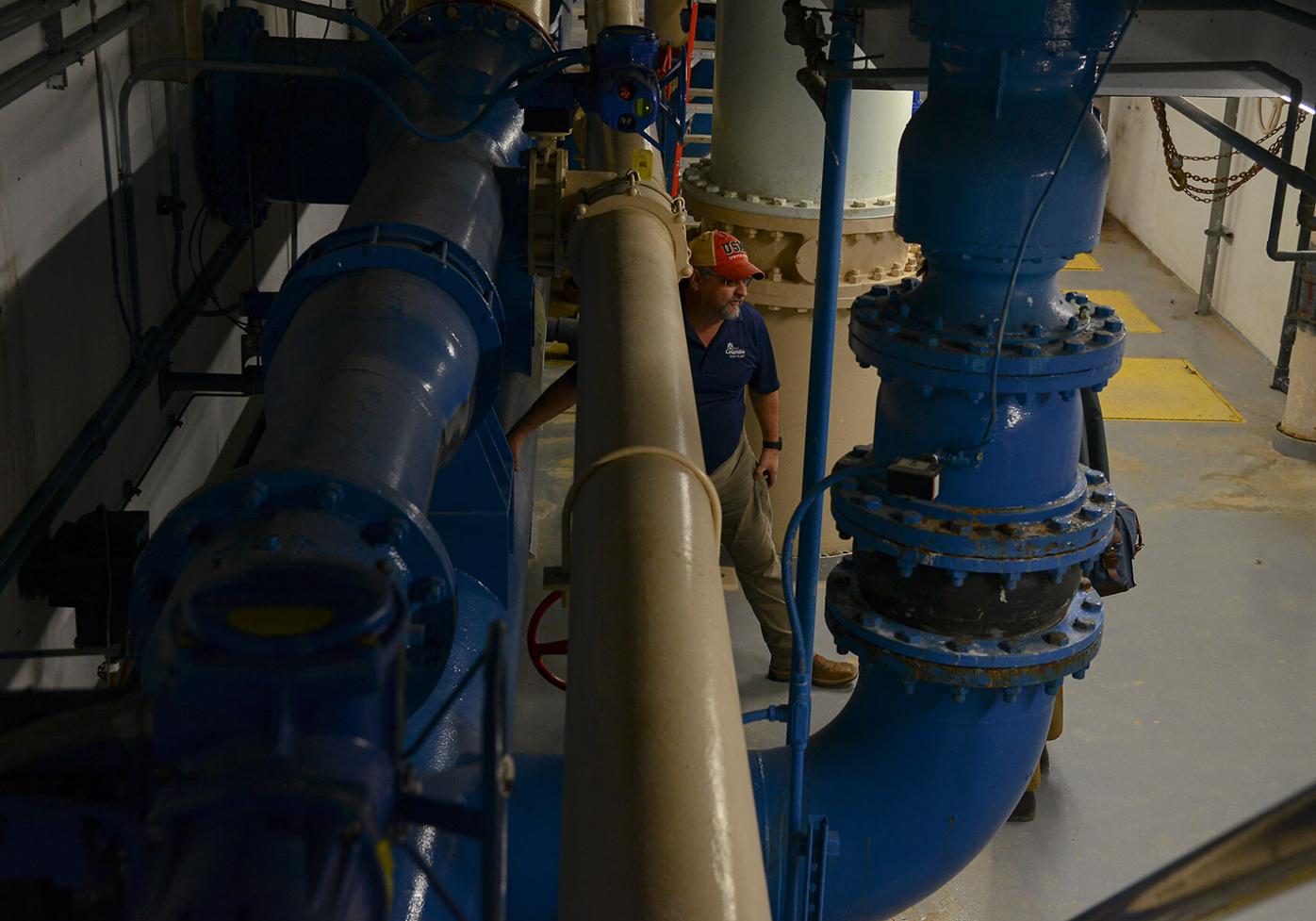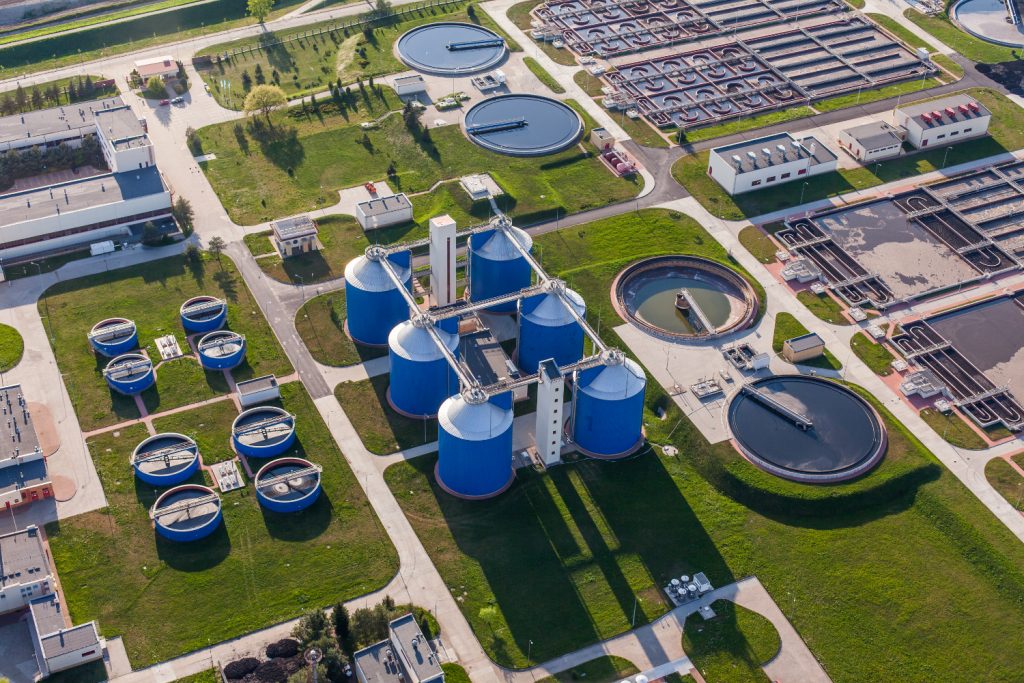The Only Guide for Water Purifier For Well Water
Table of ContentsWater Purifier For Well Water Fundamentals Explained10 Easy Facts About Water Purifier For Well Water ShownThe Facts About Water Purifier For Well Water UncoveredThe Best Strategy To Use For Water Purifier For Well Water
A phosphorous compound is included in help control corrosion of pipelines. This assists avoid lead and copper that might be existing in pipelines from seeping right into the water. As the water leaves the plant, ammonia is added to alter the chlorine to chloramine, an anti-bacterial that keeps a recurring in the circulation system against bacterial contamination.All chemicals that are added are accredited food grade, safe for use in foods. Dealt with water is stored in deep underground storage tanks and additionally flows by gravity to pumping stations and into the circulation system. The distribution system includes 1,960 miles of water pipe varying in diameter from 4" to 60".
Removal of taste and also smell substances from the water.: Softens the water.: Purification to get rid of tiny fragments and sanitation to kill viruses as well as germs, and guarantee an inappropriate environment for virus and also microorganisms development throughout the circulation system.
Eight Phases of the Wastewater Process Stage One Bar Screening Elimination of large items from the influent to stop damage to the facility's pumps, shutoffs and other tools. The process of treating and reclaiming water from wastewater (any kind of water that has been used in homes, such as flushing toilets, washing meals, or showering, and also some water from industrial use and also storm sewers) begins with the assumption that after it is treated it will certainly be clean adequate to reenter the setting.
Water Purifier For Well Water Can Be Fun For Everyone
According to the EPA, The Clean Water Act (CWA) establishes the fundamental structure for controling discharges of pollutants right into the waters of the USA as well as controling quality requirements for surface waters. Under the CWA, EPA sets wastewater requirements for market. The EPA has actually additionally established national water top quality standards recommendations for toxins in surface area waters.

This begins in the aeration container. The main function of the oygenation container is to pump oxygen right into the container to encourage the failure of any type of organic material (as well as the growth of the microorganisms), as well as make sure there suffices time for the natural product to be broken down.
Get This Report about Water Purifier For Well Water
This procedure is managed to provide the best conditions for bacterial growth. Liquified oxygen tracking at this phase of the plant is crucial. Ammonia and also nitrate measurements visit site are usual to gauge just how efficient the microorganisms are in transforming NH3 to N2.
Stage Five Additional Clarifier Treated wastewater is pumped into an additional clarifier to permit any type of remaining natural sediment to clear up out of treated water circulation. As the influent leaves the oygenation process, it moves into a secondary clarifier where, like the primary clarifier, any type of extremely small solids (or fines) sink to the bottom of the container.
Part of this activated sludge is returned to the oygenation container to raise the bacterial focus, assistance in propagation, and accelerate the malfunction more tips here of organic product. The unwanted is discarded. The water that flows from the second clarifier has actually substantially reduced natural product and must be coming close to anticipated effluent specifications.
With the enhanced focus of bacteria as component of the aeration stage, there is a requirement to examine the outbound effluent for germs existence or absence as well as to decontaminate the water. This makes sure that greater than defined focus of bacteria are not launched into the setting. Chlorination is one of the most usual and also cost-effective type of sanitation but ozone and also UV sanitation are additionally boosting in appeal.
The Ultimate Guide To Water Purifier For Well Water

After adequate time, particles follow each other and become bigger bits, or, floc, which is prone to resolve in water. This process of floc formation is called flocculation. To help in the flocculation of particles, an anionic polymer is included the blending area of the cone. Explanation of water is accomplished by the seperation of suspended solids from water by gravity.
The made clear water relocations up gradually, ultimately passing over the effluent dam to the cone outlet and on the to filters for more therapy. The water plant incorporates a single stage lime softening procedure to get rid of hardness. Firmness is triggered by the existence of dissolved bivalent and also polyvalent metal ions, mainly calcium as well as Visit Your URL magnesium.
This is added both in the clearwell and the high solution discharge as water gets in the distribution system. 2 mg/l is generally preferable in the plant faucet.